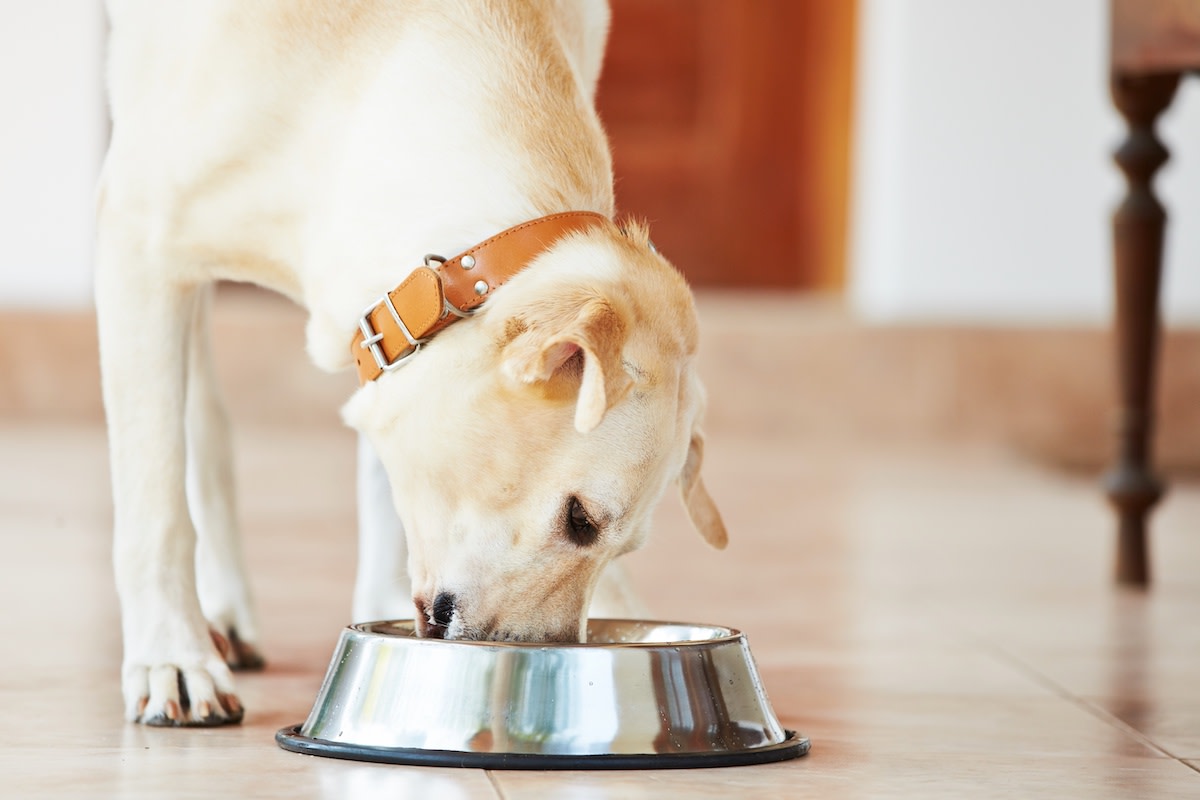Can Dogs Eat Sesame Seeds?
Written by MasterClass
Last updated: Mar 16, 2022 • 2 min read
Sesame seeds are a nutrient-dense ingredient found in many popular human foods, including hamburger buns, bagels, and sushi. While these seeds are healthy and fit for human consumption, they may not provide the same health benefits to dogs. Read on to learn whether or not dogs can eat sesame seeds.
Learn From the Best
Can Dogs Eat Sesame Seeds?
Sesame seeds are dog-safe in small quantities and can even provide nutritional benefits. They are a great source of iron, manganese, calcium (which helps build strong bones), vitamin B, and vitamin E (which may help prevent high blood pressure). Additionally, sesame seeds have high fiber content and anti-inflammatory properties.
However, pet owners should note that a dog’s food contains all of the necessary nutrients they need to function. Supplementing your dog’s diet with any human food should only be done in small amounts, as ninety percent of their sustenance comes from dedicated dog food.
Before feeding sesame seeds to your dog, acquaint yourself with the possible adverse side effects, including allergic reactions and stomach discomfort. Always consult a veterinarian before incorporating any type of human food into your dog’s diet.
Hazards of Feeding Sesame Seeds to Dogs
Your dog’s body may not be able to digest sesame seeds, which can cause allergic reactions or stomach discomfort. If your dog overconsumes sesame seeds, they may experience vomiting, diarrhea, loss of appetite, bowel irritation, or abdominal pain. After feeding your dog sesame seeds for the first time, watch them for negative reactions.
How to Safely Feed Dogs Sesame Seeds
Follow these steps to feed sesame seeds to your dog safely:
- 1. Consult a veterinarian. Always consult your veterinarian before incorporating human foods into your dog’s diet.
- 2. Feed them a tiny amount. If you decide to add sesame seeds to your dog’s food, only feed them a small amount, up to a half teaspoon a day.
- 3. Sprinkle the seeds over their food. The easiest way to incorporate sesame seeds into your dog’s diet is to sprinkle a minimal amount over their kibble. Mixing the seeds with their food gives your dog’s digestive system some extra bulk to break down alongside the seeds.
- 4. Use sesame oil instead. Pure sesame oil provides the same benefits as sesame seeds. Overconsumption is also a concern for sesame oil—which has a high-fat content—so only pour a minimal amount over your dog’s food for them to try.
- 5. Watch for side effects. Monitor your dog for twenty-four to forty-eight hours after feeding them sesame seeds for the first time. If they have an adverse reaction, discontinue feeding them the seeds and take them to a veterinarian.
Before Sharing With Your Pooch
Certain human foods can cause adverse reactions in canines, so always consult your veterinarian to determine whether it is safe to add these foods to your pet’s diet. This article is for educational and informational purposes and is not a substitute for medical or dietary advice.
Want to Learn More About Training the Goodest Boy or Girl?
Your dream of having a dog who understands words like “sit,” “stay,” “down,” and—crucially— “no” is just a MasterClass Annual Membership away. The only things you’ll need to train up a well-behaved pup are your laptop, a big bag of treats, and our exclusive instructional videos from superstar animal trainer Brandon McMillan.
